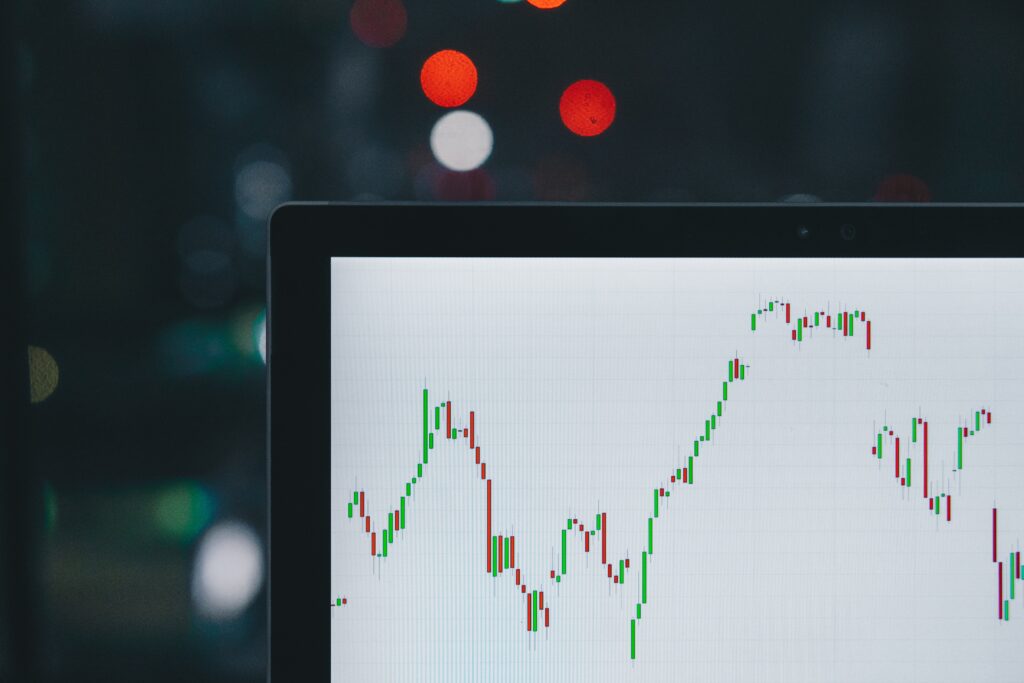On “institutional herding”
Herding denotes broad uniformity of buying and selling across investors. If the transactions of one institution encourage or reinforce those of another, escalatory dynamics, liquidity problems, and pricing inefficiencies ensue. A Federal Reserve paper (which I noticed belatedly) provides evidence of herding in the U.S. corporate credit market during the 2003-08 boom-bust experience, particularly during sell-offs. Bond herding seems to be stronger than equity herding. Subsequent to herding dynamics price reversals have been prevalent, consistent with the idea of temporary price distortions.






